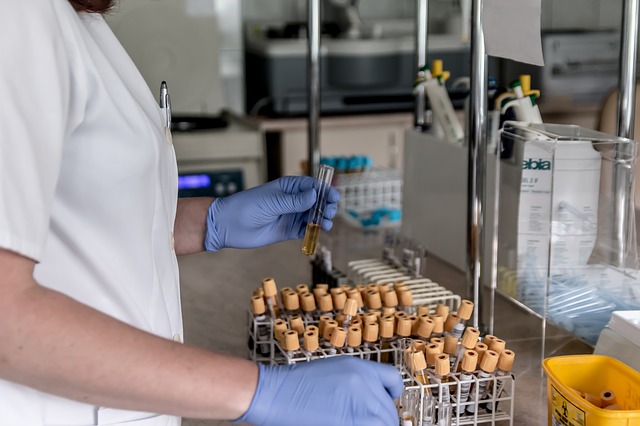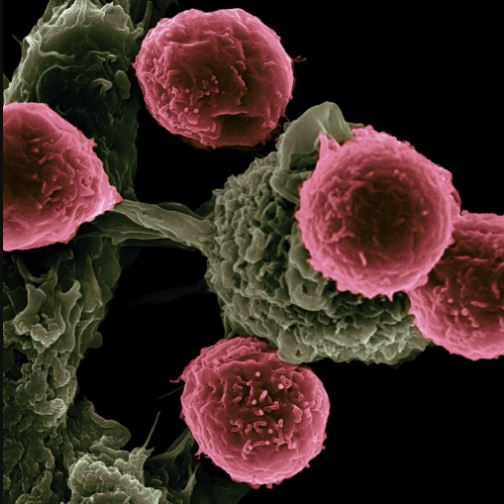The James Webb Space Telescope is finally ready to do science – and it’s seeing the universe more clearly than even its own engineers hoped for
Marcia Rieke, University of Arizona
NASA is scheduled to release the first images taken by the James Webb Space Telescope on July 12, 2022. They’ll mark the beginning of the next era in astronomy as Webb – the largest space telescope ever built – begins collecting scientific data that will help answer questions about the earliest moments of the universe and allow astronomers to study exoplanets in greater detail than ever before. But it has taken nearly eight months of travel, setup, testing and calibration to make sure this most valuable of telescopes is ready for prime time. Marcia Rieke, an astronomer at the University of Arizona and the scientist in charge of one of Webb’s four cameras, explains what she and her colleagues have been doing to get this telescope up and running.















